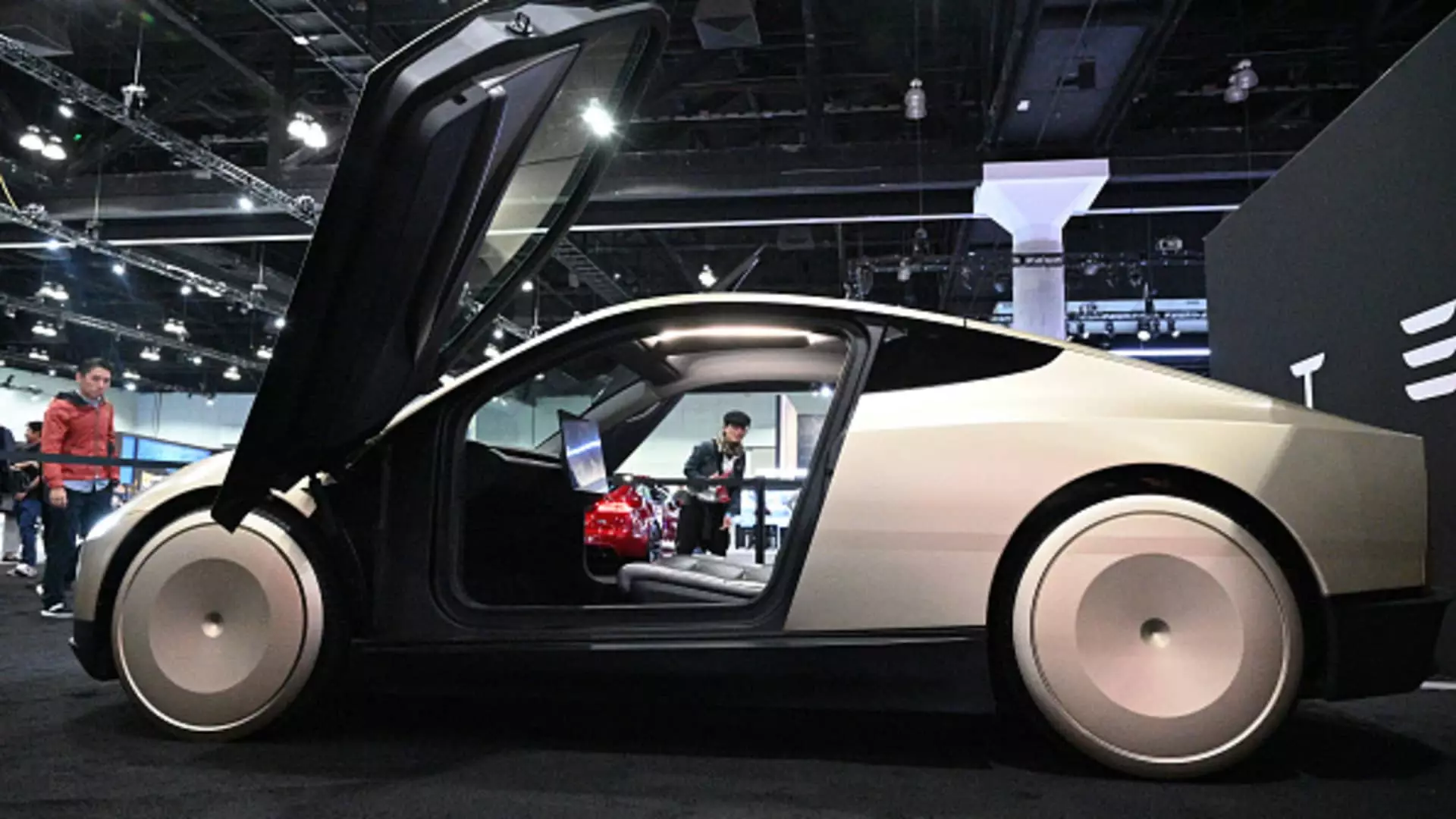California is ambitiously positioning itself at the forefront of autonomous vehicle (AV) technology. With new proposed regulations, the California DMV aims to establish a comprehensive framework for the testing and deployment of self-driving vehicles, extending from light-duty robotaxis to heavy-duty freight trucks. This initiative represents an important step toward innovation in the transportation sector, but it also raises substantial concerns that merit public discourse. By actively seeking public commentary, the DMV is attempting to encourage community involvement in a debate that ultimately revolves around safety, innovation, and the future of mobility.
However, we must question whether the DMV’s eagerness to embrace this technological revolution may also overlook critical aspects of public safety and operational readiness. The pressure to keep pace with tech giants like Waymo and Tesla can lead to decisions that prioritize speed over prudence. There is a fine line between fostering innovation and recklessly endangering public safety. While the new regulations claim to enhance safety conditions, the reality is that without robust safeguard protocols and stringent oversight, we risk introducing potentially dangerous vehicles prematurely onto our public roads.
The Tesla Conundrum: Hype vs. Reality
Tesla’s long-promised self-driving capabilities have thus far remained unfulfilled, raising questions about the credibility of such claims. The DMV’s announcement comes at a time when utilities and ethics surrounding autonomous vehicles are under immense scrutiny. Notably, Tesla has not yet secured permits for deploying autonomous vehicles in California, a glaring indication of the gap between the company’s ambitious fleets and actionable governance.
Despite this, Tesla’s share prices surged in response to the announcement, revealing a disconcerting reality: investor sentiment is often driven more by hype than by regulatory or ethical considerations. Tesla’s marketing strategies have previously been labeled deceptive, as the public grappled with the intricate realities of their Autopilot and Full Self-Driving systems, which still require a human driver behind the wheel. One wonders, therefore, if following the path of least resistance—allowing companies to quickly validate their technologies—will lead to trust in these systems or further exacerbate public skepticism.
As regulations evolve, a crucial question emerges: are the companies leading the charge toward autonomy truly equipped with technology that is safe for our roads? The kind of public trust required for the successful integration of AVs into daily life may hinge not merely on technologies themselves but on the ethics of their deployment and marketing practices.
The Need for Robust Data Reporting and Transparency
The proposed regulations also introduce data-reporting requirements, which are vital for transparency in the AV industry. Yet, much remains ambiguous regarding how this data will be collected, analyzed, and shared with the public. In an era where misinformation and opaque reporting are rampant, the public must demand clear and accessible information about the performance and safety record of autonomous vehicles. The objective should not just be to have a regulatory framework but to create one that empowers citizens and stakeholders to make informed decisions about their safety.
Moreover, while the proposed rules allow for testing of autonomous trucks and require interactions with first responders, the effectiveness of these initiatives largely depends on comprehensive training and clear guidelines. If AV companies are to successfully operate within the public domain, there must be a proactive approach in addressing potential conflicts and misunderstandings between these vehicles and traditional driving—especially concerning emergency situations.
Public Safety Should Always Come First
In this headlong rush into the autonomous future, we should remain vigilant to the ramifications of deploying self-driving technology without comprehensive oversight and practical safeguards. The excitement around new technological advancements should not eclipse the paramount objective of ensuring public safety. While California’s drive towards establishing high standards for AV operations is commendable, one must be cautious of prioritizing innovation over community concerns.
As the discourse around self-driving cars continues, the voices of citizens, safety advocates, and industry experts need to coalesce into a compelling narrative of accountability and transparency. California has the opportunity to not only lead in technological advancement but also to set a precedent for a balanced and ethical approach to the deployment of autonomous vehicles. By critically evaluating our priorities and seeking extensive public input, we can build an infrastructure that fully embraces innovation while safeguarding public interest.


Leave a Reply